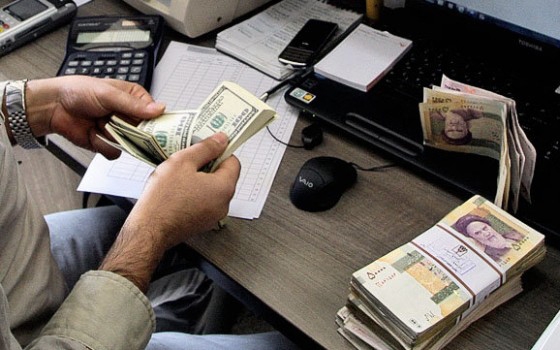The nuclear deal between Iran and the West will benefit the former's economy only if the envisaged lifting of economic sanctions goes hand in hand with structural reforms in an effort to entrench macroeconomic stability, according to a recent report from the International Monetary Fund.
“The agreement on Iran’s nuclear program and the envisaged lifting of economic sanctions bring a unique opportunity to build on and broaden the achievements of the past two years," the IMF said.
"Prudent policies have allowed the economy to return to positive growth last year and to reduce inflation to around 15 percent. The authorities have also regained stability in the foreign exchange market and advanced with subsidy reform," the report added.
In spite of significant progress, economists pointed to the persisting weakness of the Iranian economy faced with severe structural challenges.
The economic momentum in the country has come under pressure as a result of the sharp decline in oil prices.
As far as the banking system is concerned, there are a lot of high nonperforming assets that have resulted in unsustainably high real interest rates and stagnant credit to the economy.
“The economy is weak at present. The sharp decline in global oil prices, tight corporate and bank balance sheets, and postponed consumption and investment decisions ahead of the expected lifting of economic sanctions, have significantly slowed down economic activity since the fourth quarter of 2014/15."
"The economy may have contracted during the first half of 2015/16, and as a result, real GDP growth is projected to decline from 3 percent in 2014/15 to somewhere between 0.5 to -0.5 percent in 2015/16," the IMF report continued.
As of December 2014, unemployment remained at 10.5% and twelve-month inflation has declined to around 12% in recent months.
While uncertainties persist, the economic outlook for 2016/2017 is brighter, the IMF noted.
Higher oil production (of at least 0.6 mbpd to an official estimate of 1 mbpd) should have a lion's share in higher real GDP numbers in 2016.
"Higher oil production, lower costs for trade and financial transactions, and restored access to foreign assets, would be expected to lift real GDP to about 4–5.5 percent next year," according to the IMF.
The international lender of last resort has urged Iranian policymakers to enhance the business environment, governance, and restructure the corporate and financial sectors. Economists also pointed to the uncertainties about the implementation of the nuclear agreement that could constrain foreign direct investment and capital inflows.
“Risks to the outlook are significant, and longer-term prospects will depend crucially on the depth of reforms that are undertaken," the IMF said.
"If more assertive and deeper reforms along the lines outlined above are carried out, the boost to confidence and investment inflows would put Iran’s economy on a significantly higher growth trajectory," the report concluded.
IMF
8 October






































































